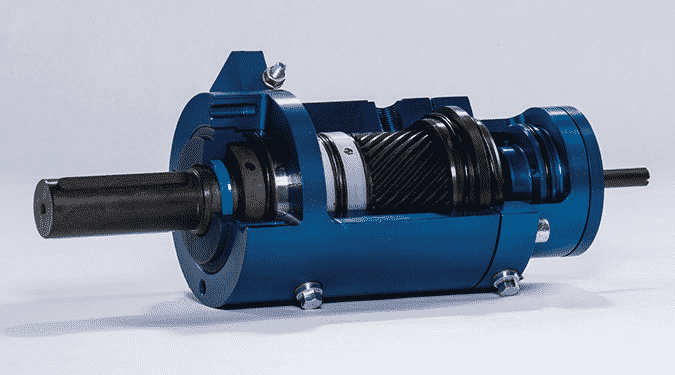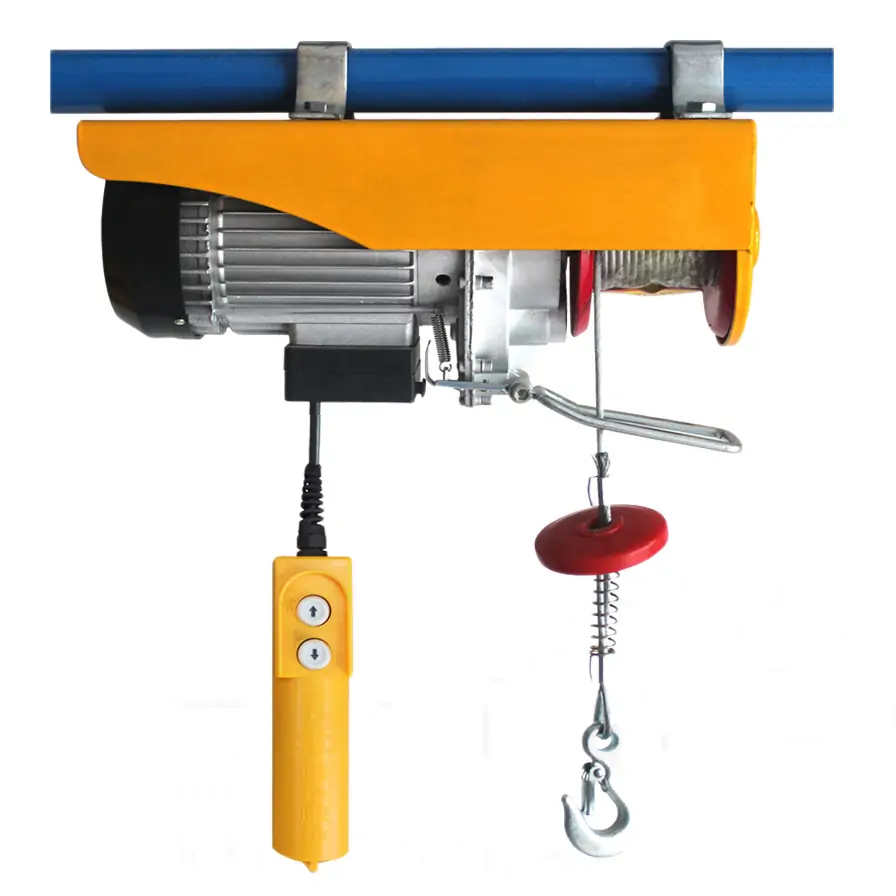Rock Bucket
Rock Bucket – The Ultimate Tool for Heavy-Duty Excavation
Introduction to Rock Buckets
A rock bucket is a specialized attachment designed for heavy-duty tasks such as digging, loading, and transporting rocks, gravel, and other hard materials. Built with reinforced steel and heavy wear-resistant components, rock buckets are commonly used in industries like construction, mining, quarrying, and agriculture.
Unlike standard buckets, rock buckets are equipped with extra-strong teeth and a durable frame to handle challenging terrains and abrasive materials. They are designed to withstand extreme forces and perform in conditions where regular buckets fail.
What is a Rock Bucket?
A rock bucket is an excavator or loader attachment with a reinforced structure and heavy-duty teeth that can penetrate hard surfaces. The bucket is designed to scoop and hold large rocks, crushed stone, and debris while minimizing wear and tear. It is particularly useful for applications where strength and durability are critical.
Features of a Rock Bucket
1. Heavy-Duty Build
Rock buckets are made from high-strength steel with wear-resistant edges to handle tough excavation tasks.
2. Teeth or Cutting Edges
Equipped with replaceable teeth or cutting edges for efficient penetration into compacted soil or rock.
3. Reinforced Side Plates
Added reinforcements on the sides and bottom reduce the risk of deformation under heavy loads.
4. Versatile Design
Compatible with various machines like excavators, backhoes, and skid steer loaders.
Types of Rock Buckets
1. Excavator Rock Buckets
Designed for large-scale excavation and mining operations. These buckets are deeper and come with stronger teeth for breaking rock layers.
2. Loader Rock Buckets
Used with wheel loaders and skid steer machines for moving and loading rock and debris.
3. Skeleton Rock Buckets
Feature spaced bars or ribs that allow finer materials to fall through while retaining larger rocks. Ideal for sorting and sifting applications.
4. Grapple Rock Buckets
Equipped with hydraulic grapples for picking and holding rocks or logs. Used in demolition and recycling operations.
Applications of Rock Buckets
Rock buckets are indispensable in industries that require handling heavy and abrasive materials:
- Construction: For site preparation, foundation digging, and debris clearing.
- Mining: Essential for extracting and moving rock, gravel, and ore.
- Quarrying: Used for separating and loading large stone pieces.
- Road and Infrastructure Projects: Useful in clearing rocky surfaces and digging trenches.
- Agriculture: Employed for clearing rocks from fields and land preparation.
Advantages of Using Rock Buckets
1. Durability and Strength
Built with reinforced steel, rock buckets can handle extreme loads without bending or cracking.
2. Increased Productivity
The specialized design allows for faster excavation and material handling compared to standard buckets.
3. Cost-Efficiency
Reduces wear and tear on the machine due to its heavy-duty build, lowering maintenance costs.
4. Versatility
Can be used in various terrains, from construction sites to quarries.
5. Improved Sorting Ability
Skeleton-style rock buckets enable effective separation of materials, saving time during sorting.
How to Choose the Right Rock Bucket
Selecting the best rock bucket for your needs depends on multiple factors:
- Machine Compatibility: Ensure the bucket matches your excavator, loader, or skid steer.
- Material Type: Choose a heavy-duty bucket for dense rock and a skeleton bucket for sorting.
- Size and Capacity: Select the appropriate bucket size based on project requirements.
- Wear Resistance: Look for buckets with reinforced edges and replaceable teeth.
- Application: Consider whether the bucket will be used for digging, loading, or sorting.
For high-quality excavation tools, explore Piling Tools for durable rock buckets and accessories.
Maintenance Tips for Rock Buckets
To ensure long-lasting performance:
- Regularly Inspect Teeth: Replace worn or damaged teeth to maintain efficiency.
- Check for Cracks: Inspect the bucket for any signs of stress or fatigue.
- Lubricate Pins and Bushings: Reduce friction and extend the life of moving parts.
- Clean After Use: Remove debris and mud to prevent rust.
- Reinforce Edges: Apply wear-resistant plates or hard-facing for added durability.
Rock Bucket vs. General-Purpose Bucket
| Feature | Rock Bucket | General-Purpose Bucket |
|---|---|---|
| Strength | Heavy-duty with reinforced edges | Lighter, standard build |
| Material Handling | Rocks, gravel, abrasive materials | Soil, sand, and light debris |
| Durability | High resistance to wear | Moderate resistance |
| Applications | Mining, construction, quarrying | Basic digging and loading |
Latest Innovations in Rock Buckets
The construction industry is seeing advancements in rock bucket design to improve efficiency and longevity. Innovations include:
- Hard-Facing Technology: Adding a protective metal layer for extra wear resistance.
- Lightweight but Strong Materials: Use of high-strength steel alloys for better performance.
- Quick Coupler Compatibility: Allowing fast attachment changes for different machines.
- Optimized Tooth Design: Improved penetration and reduced fuel consumption.
Why Choose Titan Steel for Rock Buckets?
At Titan Steel, we provide high-quality rock buckets designed to meet the demands of heavy-duty excavation and mining operations.
Why we stand out:
- Premium-grade steel for durability.
- Wide range of sizes and designs.
- Custom solutions for different machines.
- Competitive pricing and quick delivery.
- Reliable technical support and after-sales service.
Contact Us
Looking for durable rock buckets for your excavation or construction projects?
? Get a Quote or call +91 7385863226.
You can also email sales@titansteel.in or visit us at:
Plot No. 15, Khan Compound, Taloja M.I.D.C., Navi-Mumbai 410208, Maharashtra, INDIA.
Final Thoughts
Rock buckets are an essential tool for industries requiring heavy-duty excavation and handling of abrasive materials. Their strength, durability, and versatility make them indispensable for construction, quarrying, and mining operations. Investing in a high-quality rock bucket ensures better performance, reduced wear on your machines, and higher productivity.


